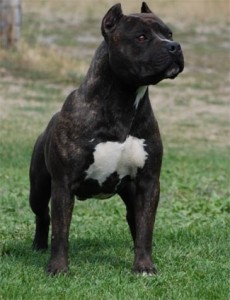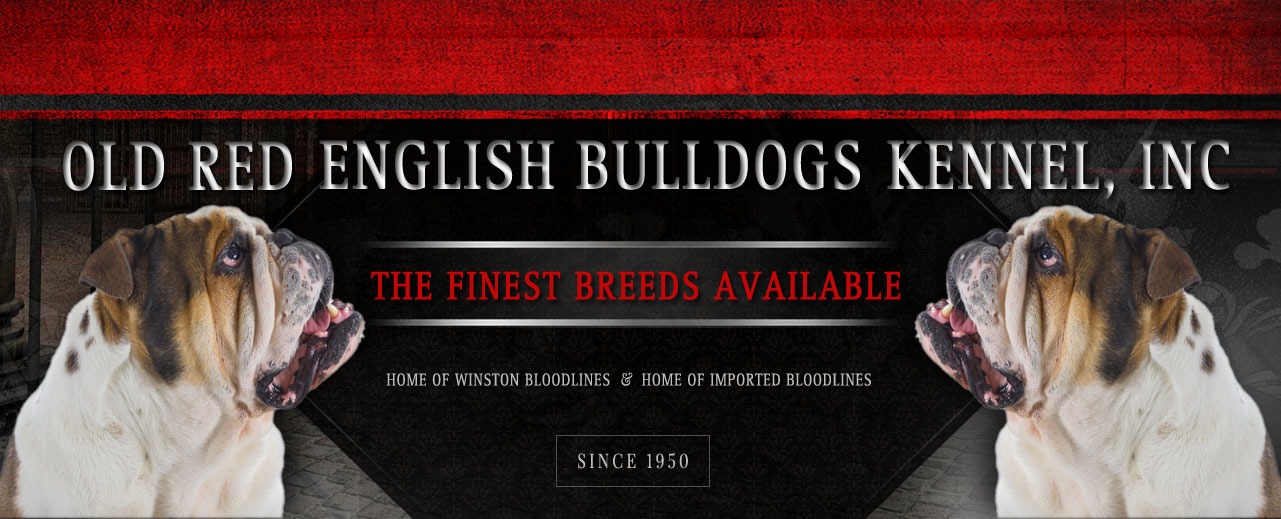
The American Staffordshire Terrier, also known as the Amstaff, is a medium-sized, short-coated American dog breed. In the early part of the twentieth century, the breed gained social recognition and was accepted by the American Kennel Club (AKC) as the American Staffordshire Terrier in 1936. The name was changed to distinguish it from the Staffordshire Bull Terrier of England.Despite its name, the Staffordshire Terrier was first developed in the 19th century in England, particularly in the West Midlands, including Birmingham and Staffordshire. The breed’s early ancestors came from England, where Bulldogs were bred for various working purposes until the early 19th century. Bulldogs depicted as late as 1870 resemble contemporary American Staffordshire Terriers more than modern Bulldogs.Some historians believe that the White English Terrier, Fox Terrier, and Black and Tan Terrier were crossed with Bulldogs to develop the Staffordshire Terrier. These breeds shared many common traits, with differences mainly in color and temperament. The resulting Bulldog-Terrier cross was known by several names, including Bull-and-Terrier Dog, Pit Bull, and Half and Half. Over time, it became known as the Staffordshire Bull Terrier, which later developed into both the American Staffordshire Terrier and the Staffordshire Bull Terrier of England.
GENERAL IMPRESSION
The American Staffordshire Terrier should give the impression of great strength for its size—a well-balanced, muscular dog that is agile, graceful, and keenly aware of its surroundings. It should be stocky, rather than long-legged or racy in outline. Its courage is legendary.Today, the American Staffordshire Terrier continues to demonstrate its versatility, excelling in obedience, tracking, agility, protection, weight pulling, and conformation competitions.
HEAD –The head should be of medium length, deep throughout, with a broad skull, well-pronounced cheek muscles, a distinct stop, and ears set high.
MUZZLE –The head should be of medium length, rounded on the upper side, and falling away abruptly below the eyes. The jaws should be well-defined, with a strong underjaw providing significant biting power. The lips should be close-fitting and even, with no looseness. The upper teeth should meet tightly outside the lower teeth in front. The nose must be distinctly black.
EYES –The eyes should be dark and round, set low in the skull and wide apart. Pink eyelids are not acceptable.
EARS –Cropped or uncropped ears are allowed, with the latter being preferred. Uncropped ears should be short and carried in a rose or half-prick position. Fully dropped ears should be penalized.
NECK –The neck should be heavy, slightly arched, and tapering from the shoulders to the back of the skull. The skin should be tight, with no looseness, and the neck should be of medium length.
SHOULDERS –The shoulders should be strong and muscular, with wide and sloping shoulder blades.
LEGS –The front legs should be straight, with large or round bones and upright pasterns, showing no semblance of a bend in the front. The hindquarters should be well-muscled, with hocks set low and turning neither in nor out. The feet should be of moderate size, well-arched, and compact. The gait must be springy but without any rolling or pacing.
BODY –The ribs should be well-sprung and deep in the rear, with all ribs close together. The forelegs should be set relatively wide apart to allow for proper chest development. The chest should be deep and broad.
BACK –The back should be fairly short, with a slight slope from the withers to the rump and a gentle, short slope at the rump to the base of the tail. The loins should be slightly tucked.
TAIL –The tail should be short in comparison to the size, low-set, tapering to a fine point. It should not be curled or carried over the back and should not be docked.
COAT –The coat should be short, close, stiff to the touch, and glossy.
COLOR –Any color, including solid, parti, or patched, is permissible. However, all white, more than 80 percent white, black and tan, and liver colors are not encouraged. Merle is not allowed.
SIZE –Height and weight should be in proportion. A height of approximately 18 to 19 inches at the shoulders for males and 17 to 18 inches for females is considered preferable.
WEIGHT –The desirable weight for a mature male in good condition is between 70 and 100 pounds. The desirable weight for a mature female in good condition is between 65 and 95 pounds. Dogs exceeding these weights will not be penalized unless they are disproportionately massive or rangy.
FAULTS –Faults to be penalized include: Dudley nose, light or pink eyes, tail that is too long or improperly carried, and undershot or overshot bites.
These are the Bulldogs and Mastiffs we breed and sell.
The pictures on each page are for identification purposes and OldBulldogs.com does not own every animal pictured. These pages are informational and intended to describe the standards of each breed.
- Alano Español
- Alapaha Blue Blood Bulldogs
- American Bandogge Mastiffs
- American Bully-Bullies
- American Pit Bull Terriers
- American Staffordshire Bullies
- American Staffordshire Terriers
- Arkansas Giant Bulldogs
- Australian Bandogge Mastiffs
- Australian Bulldogs
- American Bulldogs-Old Time Southern Bulldogs-Old Southern Whites
- Banter Bulldogs
- Boxer Bulldogs
- Bull Terriers
- Bull Mastiffs
- Miniature Bull Terriers
- Mexican Bulldogs
- Miniature English Bulldogs
- Neapolitan Mastiffs
- Old Boston Bulldogs
- Olde English Bulldogges
- Old Victorian Bulldogs
- Patterdale Terrier
- Perro de Presa Canario
- Performance-Standard Type American Bulldogs
- Perro de Presa Mallorquin
- Panja Mastiffs
- Renascence Bulldogs
- South African Boerboel
- Staffordshire Bull Terriers
- Saint Bernard
- Valley Bulldogs
- Winston Working Bulldogs
- Winston’s Working Mastiffs
- Winston’s Working Terriers
- Winston’s Working Hounds
- Winston’s Working Shepherds
